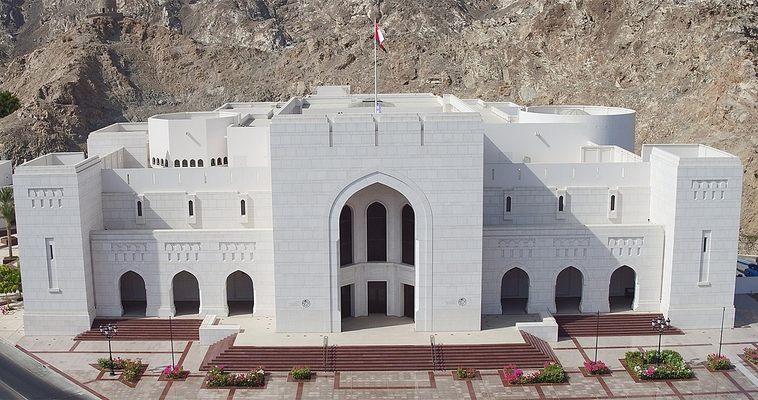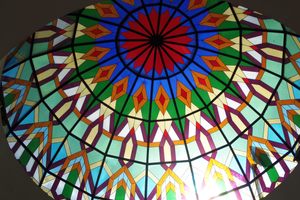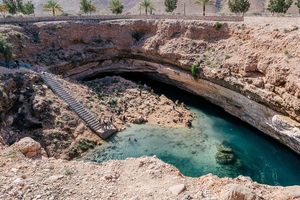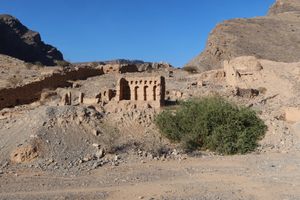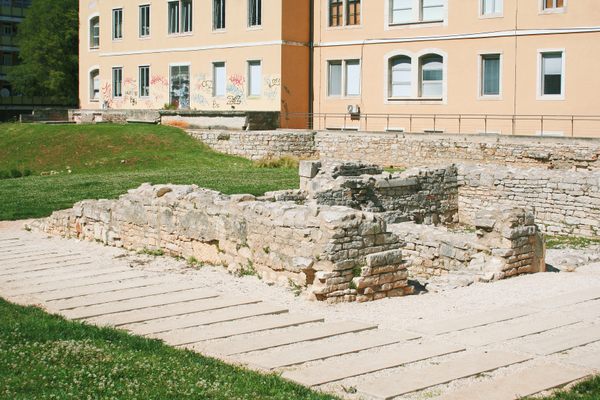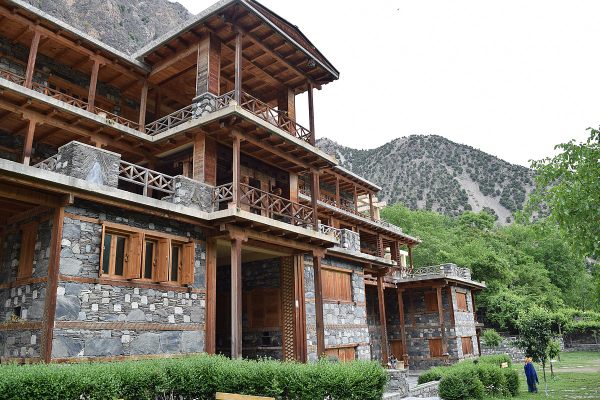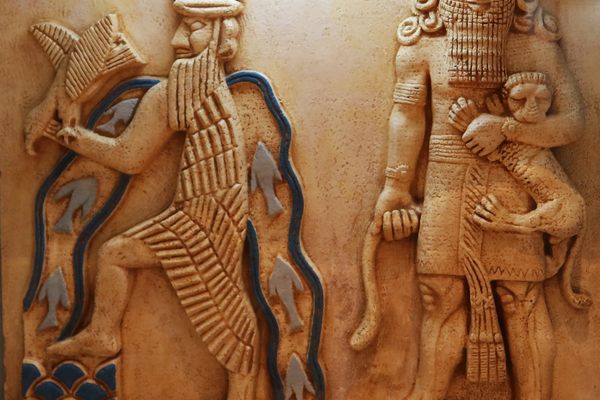About
Opened in 2015, the National Museum of Oman houses more than 5,000 items encompassing the history of Oman, from prehistory to the present. Artifacts on display in the Prehistory and Ancient History Gallery date back as far as 2 million years ago. Among various cabinets displaying artifacts such as arrowheads, fishing hooks, and jewelry is one solitary cabinet with an intriguing caption reading simply, "What is it?"
“What is it?” refers to a copper statuette found in Al-Buwayrdah, a village in northern Oman. This artifact is oddly shaped, with two sets of moderately symmetrical limbs and a protrusion resembling an exaggerated nose or beak where the two upper limbs meet. The extremities of the upper limbs are dented, representing paws, wings, or perhaps even stylized hands. In fact, the caption hints at the possibility that the figurine may be a birdman, angel, jinn, or eagle. The most likely explanation is that it is an anthropomorphic depiction of an eagle.
The eagle was part of the polytheistic iconography present in pre-Islamic Arabia. More specifically, it represents a deity called Syn (spelling variations abound), which was connected with the moon. Depictions of the eagle have been found on coins and rock carvings throughout the Arabian Peninsula, but it was only under the Greco-Roman influence that anthropomorphic features started appearing. If this is the case, this statuette must have been made not earlier than the fourth century B.C., but more robust evidence is needed to support this hypothesis. In the meantime, the mystery persists.
Related Tags
Community Contributors
Added By
Published
March 21, 2024






